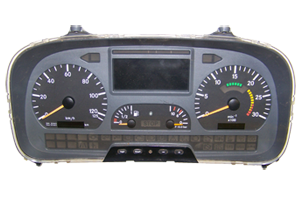
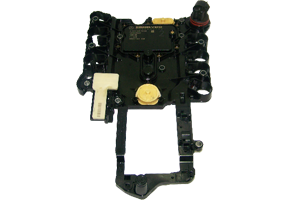
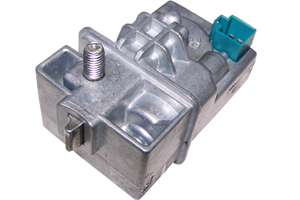
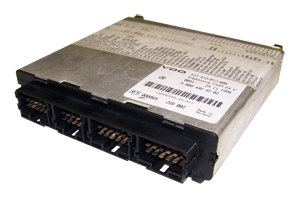
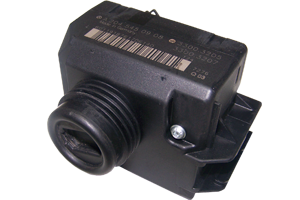
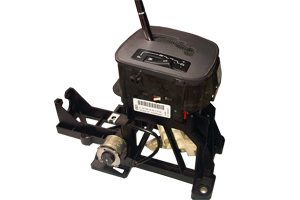

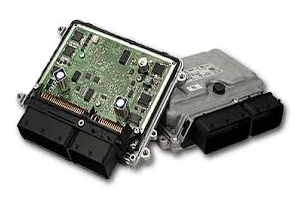
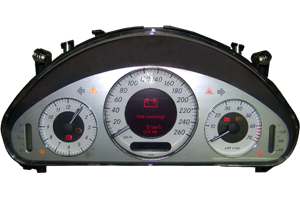
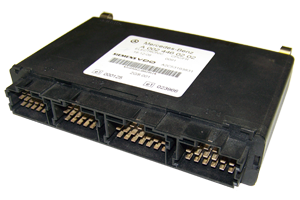
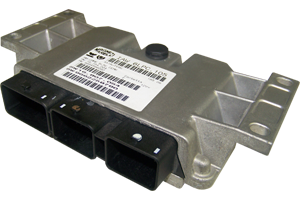

Contact Us +61 450 462 565 / office@dsautoelectronics.com
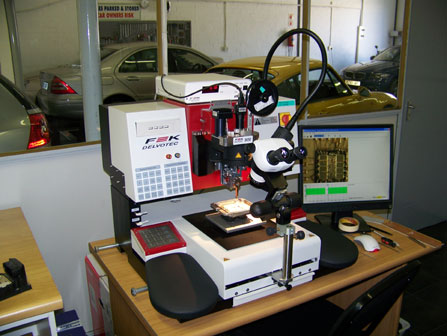
In October 2010, DS Auto Electronics introduced a new service: fully rebuilding hybrid ECUs. Dimitri visited a company in Austria specializing in the manufacture of wire bonding machines. After being completely satisfied with the quality of the equipment, DS Auto Electronics added the machine to its inventory. This machine enables us to efficiently and completely refurbish all types of hybrid ECUs.
The amount of electronics in modern vehicles is constantly increasing. As the level of electronic content rises, microelectronics continue to play a larger role, as the automotive industry drives for electronics that are smaller in size, lower in cost, richer in functionality, and more reliable in harsh environments. This challenges the electronic components and designers to their limits. This is evident in hybrid ECUs. They are small in size and mounted on heat sinks which are inadequate, making them prone to failure.
The most common causes of failure in hybrid ECUs:
In the cases where the bonding wire is the problem, it can be renewed using a special wire bonding process. Wire bonding is the process of creating an electrical connection between the silicon chip and the external leads of the ECU using very fine bonding wires. The wire used in this bonding process is usually made either of gold or aluminium. There are two common wire bonding processes: gold ball bonding and aluminium wedge bonding.
During gold ball wire bonding, a gold ball is first formed by melting the end of the wire (which is held by a bonding tool known as a capillary) through electronic flame-off (EFO). This free-air ball has a diameter ranging from 1.5 to 2.5 times the wire diameter. Free air ball size consistency, controlled by the EFO and the tail length, is critical in good bonding. The free-air ball is then brought into contact with the bond pad. Adequate amounts of pressure, heat, and ultrasonic forces are then applied to the ball for a specific amount of time, forming the initial metallurgical weld between the ball and the bond pad as well as deforming the ball itself into its final shape.
During aluminum wedge wire bonding, a clamped aluminum wire is brought in contact with the aluminum bond pad. Ultrasonic energy is then applied to the wire for a specific duration while being held down with a specific force, forming the first wedge bond between the wire and the bond pad. The wire is then run to the corresponding lead finger, against which it is again pressed. The second bond is again formed by applying ultrasonic energy to the wire. The wire is then cut off by clamping and movement of the wire.